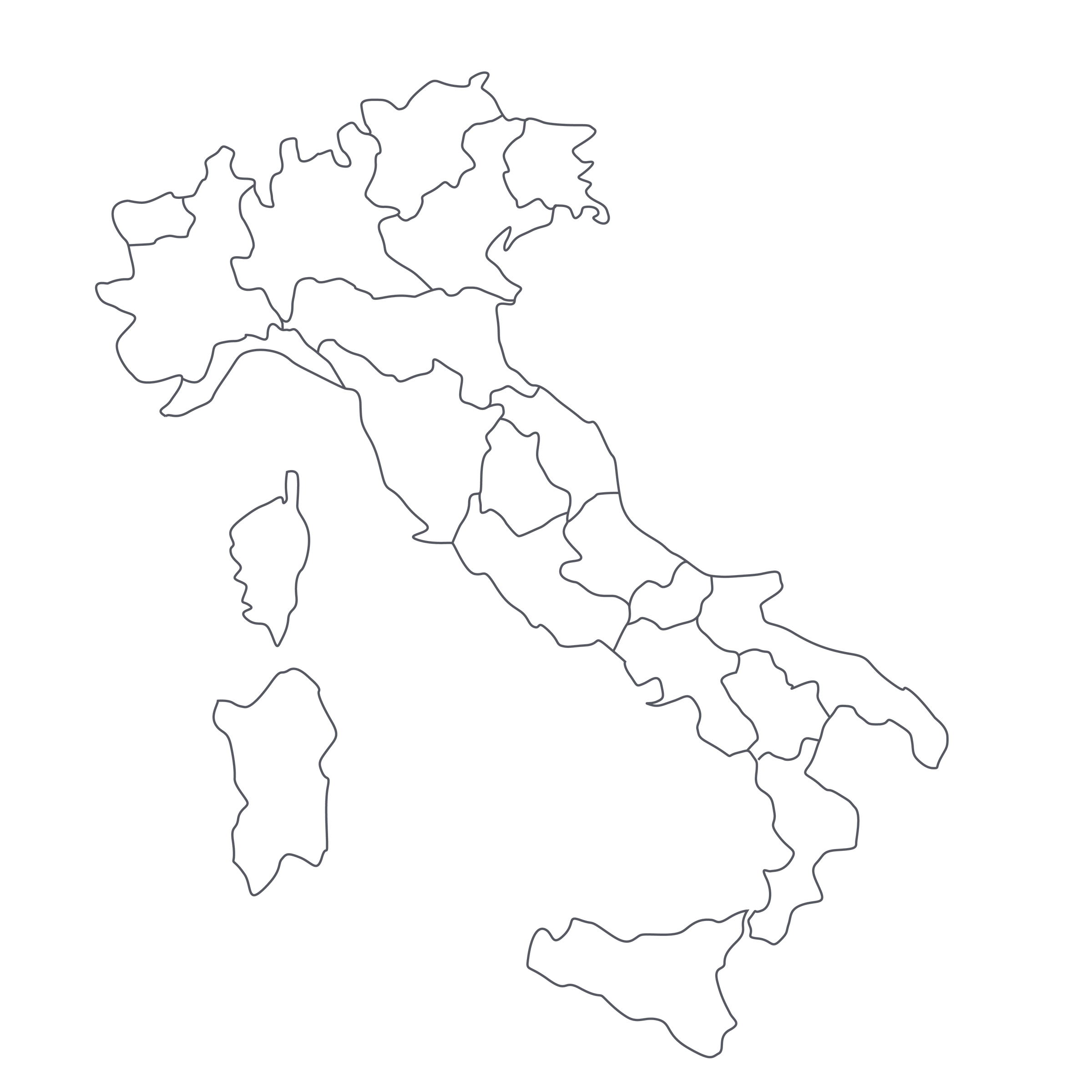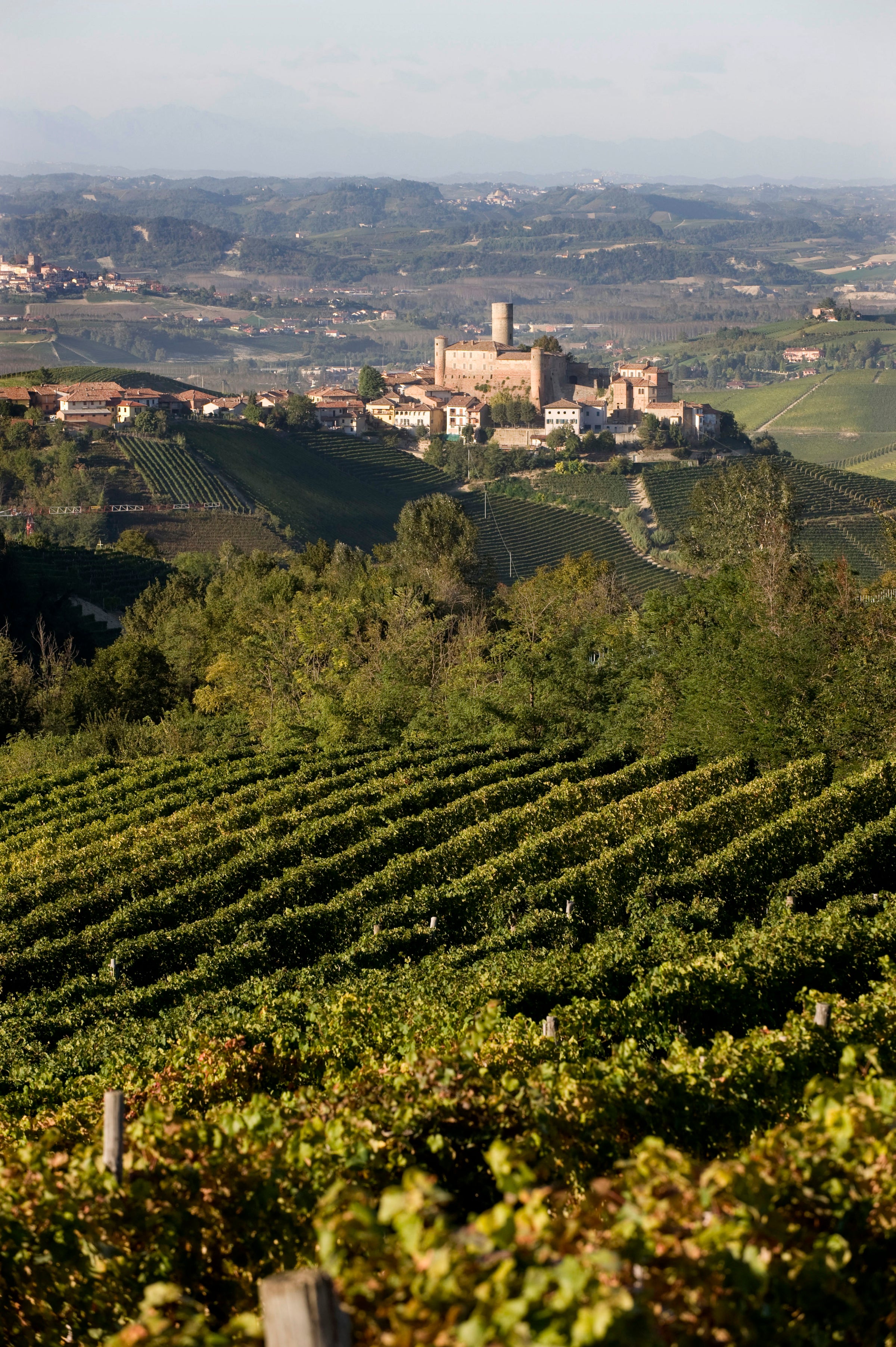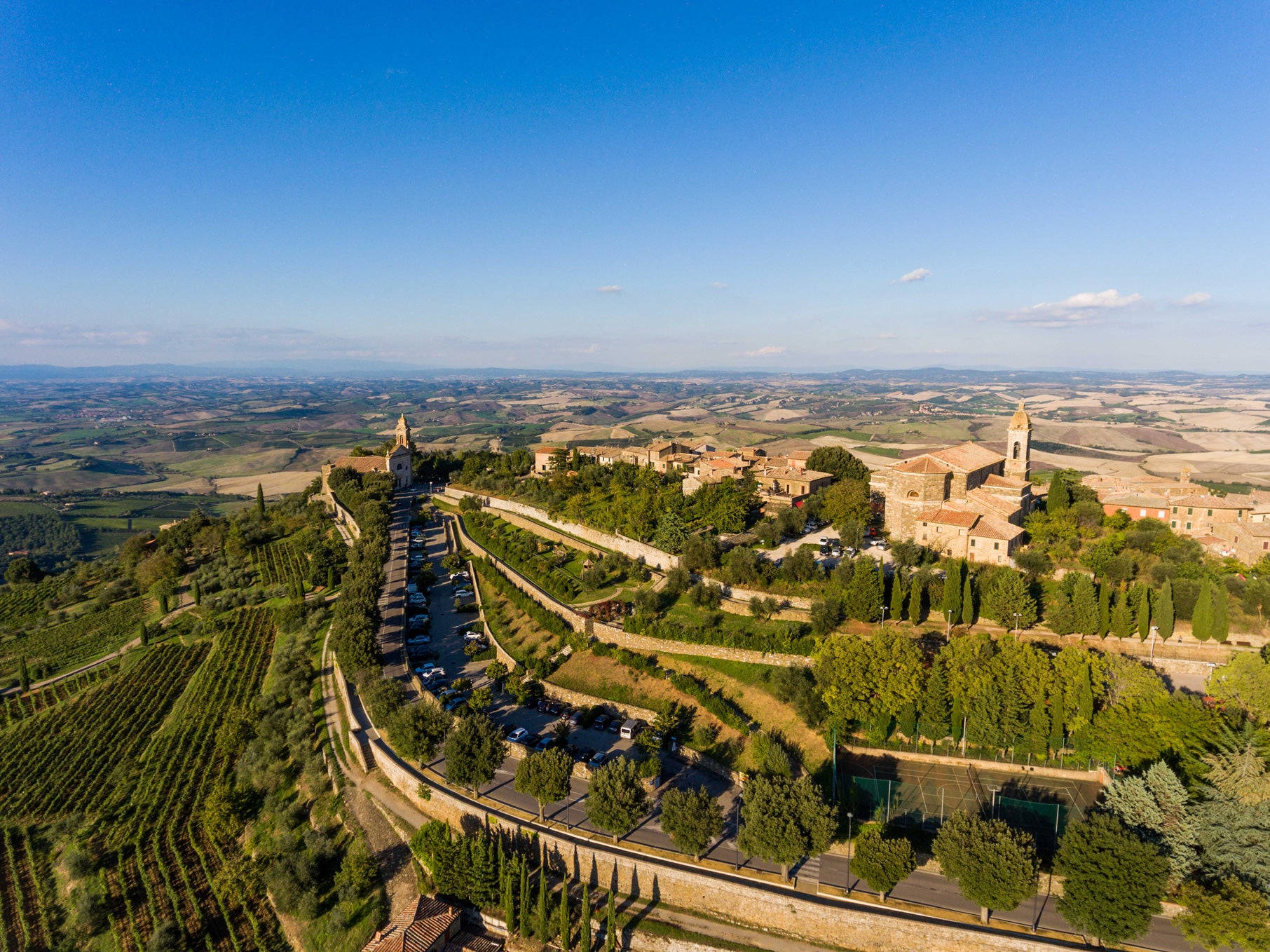Italian wine aficionados like myself are constantly returning to Ian D’Agata’s exhaustive book, “Native Wine Grapes of Italy,” for refreshers on varieties that are unique to the Italian peninsula. It’s a very thick book, because there are so many grapes, many of which are grown only in a single province in a single region. The Verdicchio variety, native to the magnificent Marche region on Italy’s Adriatic coast, has not only emerged as one of the best-known of Italy’s countless indigenous whites, but is, in D’Agata’s words “arguably Italy’s greatest native white grape.” This may come as a surprise to those who remember when the most famous Verdicchio was packaged in a fish-shaped bottle, but make no mistake: Some of the most exciting white wines in Italy are coming out of the Castelli di Jesi region of Le Marche.
Situated between the Apennine mountains and the Adriatic Sea, this historic region is enjoying a renaissance thanks in part to new-generation talents like Leopardo Felici, son of estate namesake Andrea, who was named “2020 Winemaker of the Year'' by Italian wine guide publisher Gambero Rosso. Given the moment Verdicchio wines are having, it seems fitting that a producer from the Jesi area would take home an honor like that, and today’s wine, despite its bargain-basement price, confirms the pedigrees of the grape, the place, and the producer. The Felicis have elevated Verdicchio dei Castelli di Jesi wines to elite status among critics and consumers alike—these are taut, precise, mineral whites that deliver way more depth and texture than the seaside quaffers of the old days. Today’s wine isn’t just a white to refresh, but one to remember!
The Marche region boasts one of Italy’s most beautiful and relatively untrammeled stretches of Adriatic coastline, and whites from Verdicchio are what you drink with whatever seafood they pull out of the water in seaside towns like Senigalia and Portonovo. Such is the hyper-local nature of Italian viticulture: Although Verdicchio is found in a few other regions (under different names), its greatest expressions are undoubtedly Marchigiano. The two principal growing zones for the variety are the Castelli di Jesi area and, further to the west, the Matelica area closer to the Apennines.
The “Castelli di Jesi,” or “Castles of Jesi,” are a series of medieval-era fortified towns, including the namesake commune of Jesi, that stretch inland into the foothills of the Apennine mountain range. Soils are mostly clay with limestone, with an interplay of mountain and maritime influences (the Apennines form the Marche’s border with Umbria on this part of the peninsula). The Andrea Felici property is in Apiro, in the southwestern corner of the appellation, and experiences more of an Apennine influence than an Adriatic one, with vineyards climbing to relatively high elevations and experiencing more dramatic day-night temperature swings, which helps preserve acidity in the grapes. Andrea and Leopardo farm 15 hectares of vineyards and have obtained organic certification, their focus solely on whites from Verdicchio.
In past offers of wines from this region, I’ve compared Verdicchio to other “coastal” white wines of the world, including Albariño from the Rías Baixas in Spain. Felici’s ’18 doesn’t display quite the same saline character as Albariño, but there are definitely some kindred qualities to be found. “Verdicchio” translates roughly to “little green one” and indeed there’s a “green-ness” to the fruit character that may remind you of Austrian Grüner Veltliner as well. Yet another analog would be Loire Valley Chenin Blanc, which delivers a similar push-pull of juicy, palate-coating texture and racy acidity.
For today’s ’18, fruit was sourced from estate vines ranging in age from 10-40 years, grown at altitudes ranging from 500-600 meters in limestone-rich soils. Fermentation was carried out in a combination of concrete and steel tanks, followed by aging of the wine on its lees for 6-12 months before bottling. The wine displays a bright yellow-gold color with flecks of green at the rim, which offers a hint of the aromas and flavors to come: green apple, green melon, lime peel, and green herbs, along with a touch of nectarine, chamomile, chalk, and wet rocks. It leans toward medium-plus in body but zips up on the citrusy, mouth-watering finish, leaving you feeling not just energized but ready to get some fresh seafood on the table. For me, this wine is the ideal bottle for a whole grilled branzino stuffed with lemon and herbs and drizzled with the deepest, greenest olive oil you can put your hands on. Although it will age over the short term, there’s no reason to wait—this is not only a white to herald the arrival of spring but a food-friendly staple to re-visit all summer long. Cheers!




